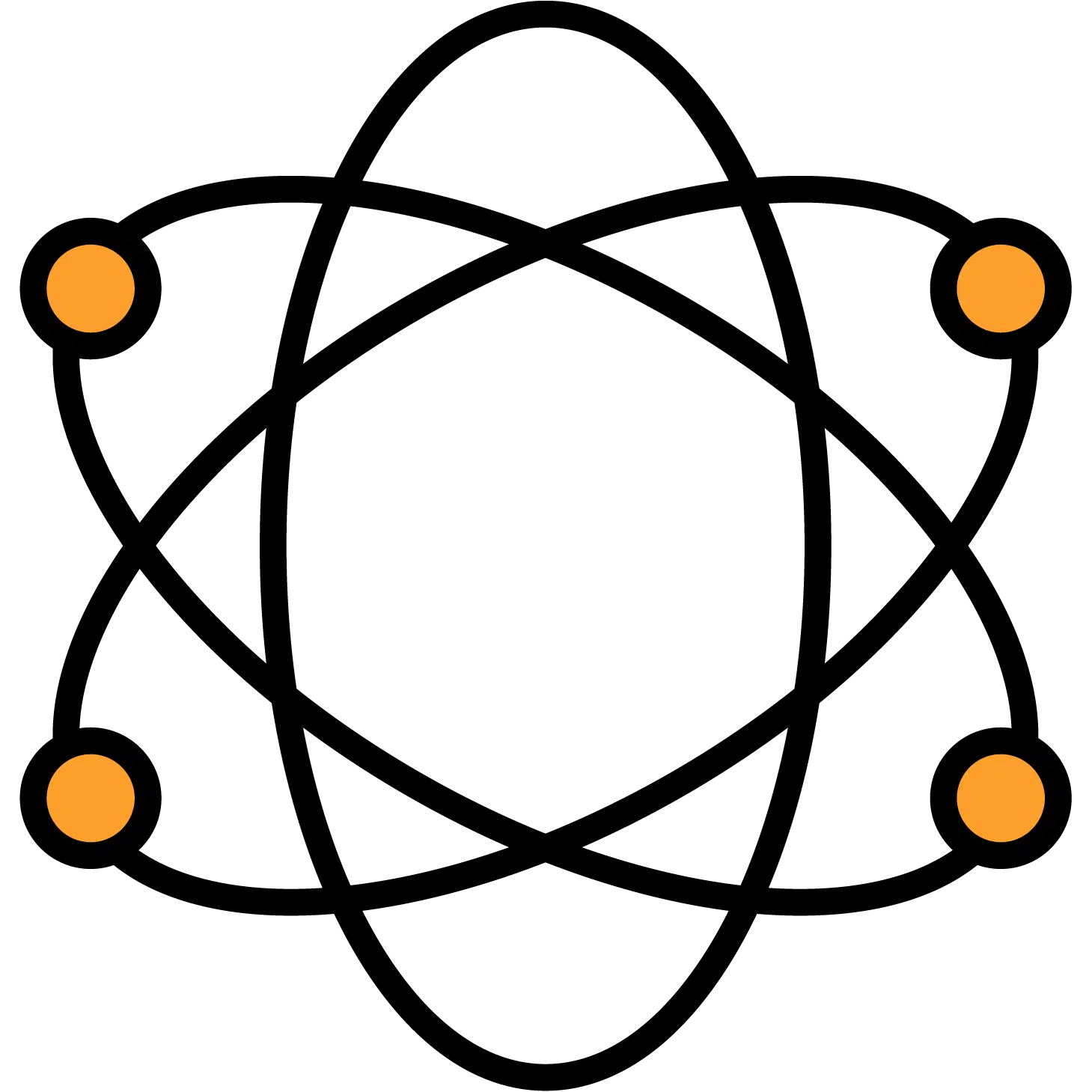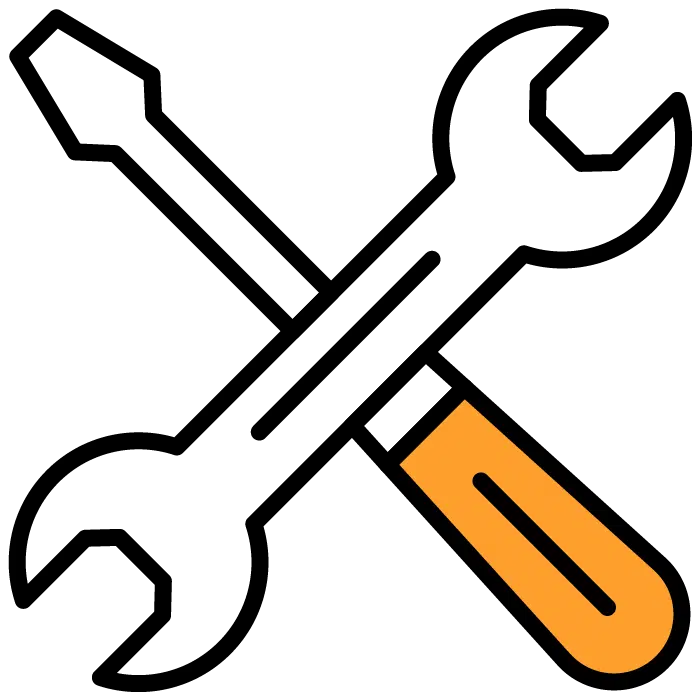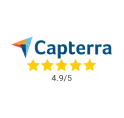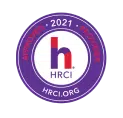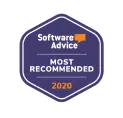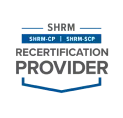Creating an effective talent acquisition process takes plenty of trial and error. The one concept that talent acquisition teams have agreed on is that there is a life cycle to a successful recruitment process.
This article discusses what the Talent Acquisition life cycle is, the differences between talent acquisition vs recruitment, and the six stages of the TA life cycle in detail.
What is the Talent Acquisition Life Cycle?
The talent acquisition cycle is also known as full-cycle recruiting or end-to-end recruiting. It is called this because it looks at the entire process from start to finish and is usually completed by one single person. Some HR teams have one person for each stage while the majority of small to mid-size companies have one recruiter or hiring manager handling it all.
There are benefits to full-cycle recruiting because one manager can streamline the hiring process and keeps the candidate experience consistent. HR departments that have various people handling different stages tend to be impersonal and inefficient. Even large companies will have one designated person in charge of the overall process even if they source out various tasks.
Talent Acquisition vs Recruitment
These terms are often used interchangeably however, there are distinct differences between them. Talent acquisition is when a company evaluates its long-term goals and is looking for a specific skill set in an employee. Although they want to fill the position they are willing to wait until the perfect candidate is found.
Recruitment leans towards filling an open position as quickly as possible. Even if that means hiring a candidate with little to no experience. Both talent acquisition and recruiting require a similar process with the largest difference being in the selection process.
Stages of Talent Acquisition
Discussed below is each stage of the recruitment process as well as what the full-cycle recruiter does in each stage.
1. Preparing
This stage is all about gathering information from the hiring manager. The recruiter will need to get a clear description of the position they are filling. It is best if the recruiter can also get a type of wish list from the hiring manager.
The wish list is a list of skills that the perfect employee would possess. This is exceptionally helpful when the recruiter enters into further stages of screening and selecting the perfect candidate.
Once the recruiter has all the necessary information, and the job requisition has been approved, they will need to create a job description. It is best to be as descriptive and clear as possible. This is also the time to make the employer brand known!
Top talent seeks employment with top-performing companies so be sure to include all benefits that come with the position no matter how small they may seem. If there is a newly remodeled breakroom, add it! Does the company offer a 401(k)? Mention it!
Don’t leave any benefits out because when high-quality candidates are searching for a new position they want a company that meets their long-term needs.
2. Sourcing
Once the job description has been created and posted to multiple job boards, it is time to continue sourcing potential candidates. Nearly 70% of candidates are considered passive candidates when they apply for a position. This means that they were not actively searching for a new position but came upon one that they couldn’t turn down.
The best way to access passive candidates is through social media recruiting. This is easy to do because most social media applications are free to use and are a fantastic way to reach the masses. The most common sites include Facebook, LinkedIn, and Instagram but some companies utilize TikTok, Twitter, and more.
Other than utilizing social media you can also use employee referrals. You have already hired high-quality employees and those employees represent the company day in and day out. Be sure to ask current employees for referrals!
Some managers have created a talent pipeline of individuals who have shown interest in working for the company but there wasn’t a position available for them. Now is the time to reach into that pipeline and contact anyone that you feel may be a good fit.
During the sourcing process, the recruiter will stay in consistent contact with the hiring manager. Some managers prefer daily updates, while others prefer weekly updates. Either way, make sure you give regular updates to the hiring manager. They are eager to have the position filled.
3. Screening
This stage is called screening because the recruiter will be reviewing applications and only keeping candidates that they believe are qualified. This stage is made easier if the recruiter keeps the hiring manager’s wish list and job description in mind.
Although it is nearly impossible to find every characteristic and work history preferred, having that information easily narrows down the list of applicants.
4. Selecting
Once the screening of the applicants is complete the recruiter will want to schedule interviews. Resumes are great at getting a snapshot of the candidate but having a one-on-one interview is a fantastic way to confirm if they are a good fit.
There is a variety of talent acquisition software that can assist in the entire hiring process with many having the ability to specifically streamline the interviewing process.
5. Hiring
Once interviews are completed, it is time to look at each candidate as a whole. Gather their resume, notes, and any additional documents and compare the candidates that you believe may be a good fit for the position.
Once a decision has been made be sure to contact the candidate immediately. It has been reported that top talent leave the job market in less than 10 days. That means recruiters must move quickly to secure high-quality employees.
6. Onboarding
An offer was made and the candidate accepted! Now is the time to bring them in to complete all necessary paperwork. During the onboarding process is the time to talk about details that may not have been mentioned in the interviewing process.
Topics such as getting paid, time off requests, setting up benefits, etc. This is the time for you to tell the employee anything they need to know about how the company works. Make sure to let the employee know how to contact you in case questions arise after they leave the onboarding session.
Pros of Life Cycle Recruiting
Accountability
The most obvious pro of life cycle recruiting is accountability. This is because there is only one person responsible from the beginning to the end of the process.
This encourages the hiring manager to be diligent in each stage and to pay special attention to compliance since they can not depend on anyone else.
Candidate Experience
The overall candidate experience tends to be more positive with end-to-end recruiting. This is because the candidate is working closely with only one recruiter versus a team of recruiters.
Candidates often report feeling more valued when they are a part of talent acquisition life cycle because they do not feel that they are just a number.
Efficiency
Life cycle recruiting has been known to have a decreased time to hire. This is the number of days it takes the candidate from applying for the job to the candidate accepting a job offer.
They are known to have increased efficiency because they do not have to wait on other members of a team before they can move the candidate on to the next stage.
Cons of Life Cycle Recruiting
Limitations
Life cycle recruiting may not work for every organization. Large organizations often require multiple team members in their hiring department because one hiring manager can only process so many candidates at a time.
This leaves full-cycle recruiting as the best fit for highly specialized roles and smaller organizations because one hiring manager can successfully handle the staffing needs.
Requires a Skill Set
Similar to limitations is that it takes a special skill set to be successful in end-to-end recruiting. This is because not only are you recruiting for the company, you are managing candidates, and onboarding employees.
Most large organizations will have multiple people during the hiring and onboarding process because each person has a specialty. In talent acquisition life cycle, the hiring manager is responsible for every step of the process which means they have to have all the necessary skills to complete the hiring process single-handedly.
Support for Full Cycle Recruiters
If you are a full cycle recruiter and are looking at improving the hiring process, let Discovered help! They have an array of software that streamlines the hiring process with automation while simultaneously keeping you up to date on where candidates are in the process.
The applicant tracking system (ATS) does everything in one place. It will push jobs to job boards, manage all candidates on one dashboard, and automate messages and candidate tasks.
If you find yourself struggling to verify employee references, the automated reference checking software will do it for you. Incredibly, 87% of hiring managers do not check references with the reason being time restraints. It has been proven that when references have been checked the quality of the hire is significantly better than those whose references could not be verified.
If you find that the interviewing process is inefficient then one-way video interviewing will change your life. This software allows you to send an interview link to your candidate. The candidate will then open the link, read through the interview questions, and record themselves answering the questions that were provided. This can be done at their convenience meaning no more missed interviews, late arrivals, or interviews that exceed time restraints.
If you are looking to improve your talent acquisition process but aren’t sure where to start, book a demo today. To speak with a member of our customer support team today give us a call at (833) 332-837.
